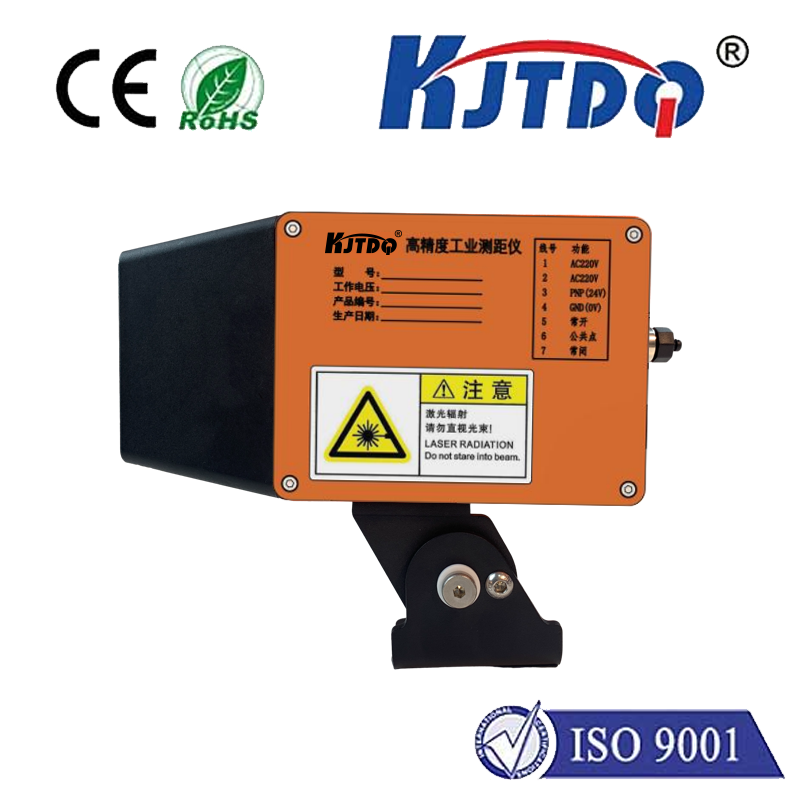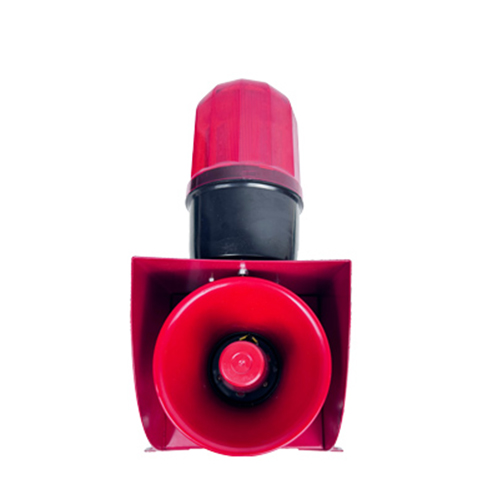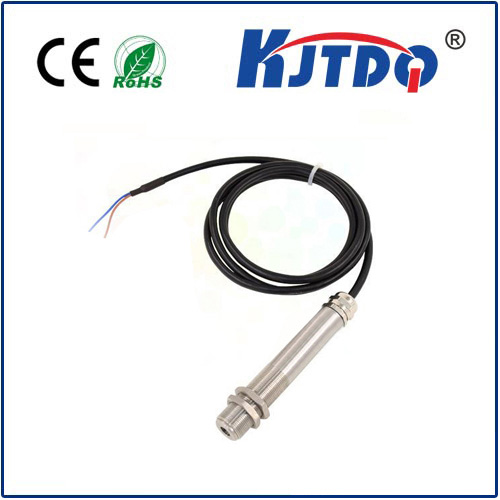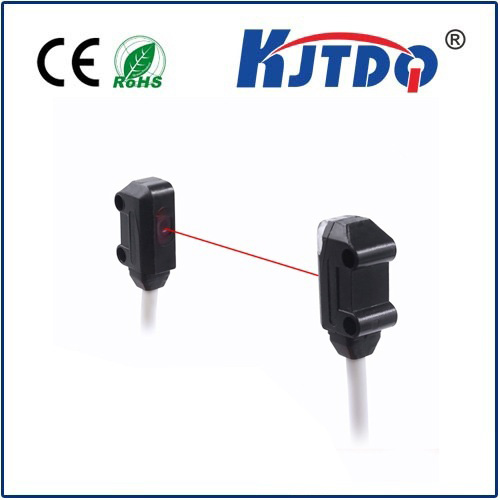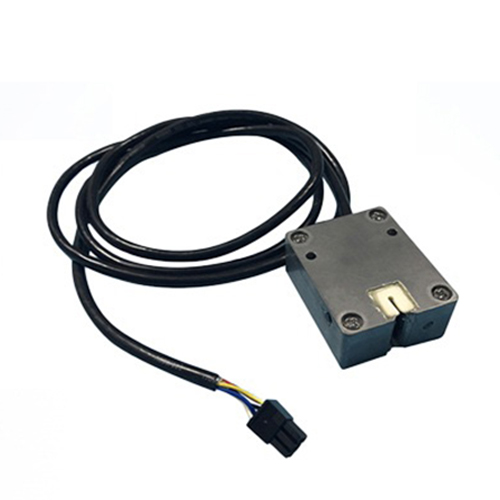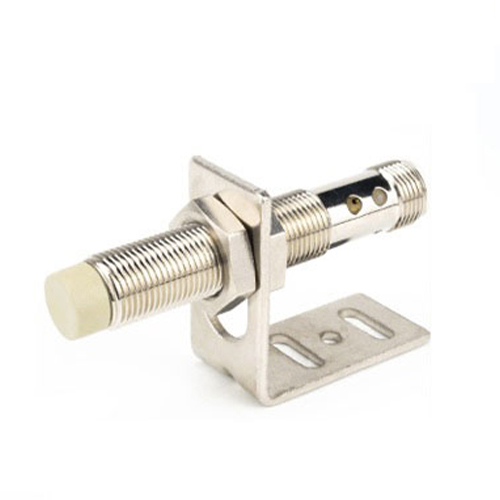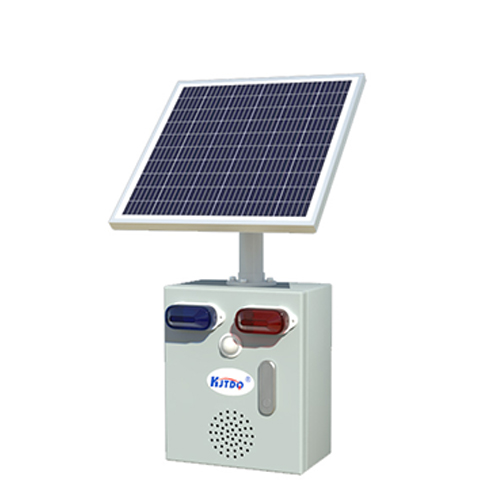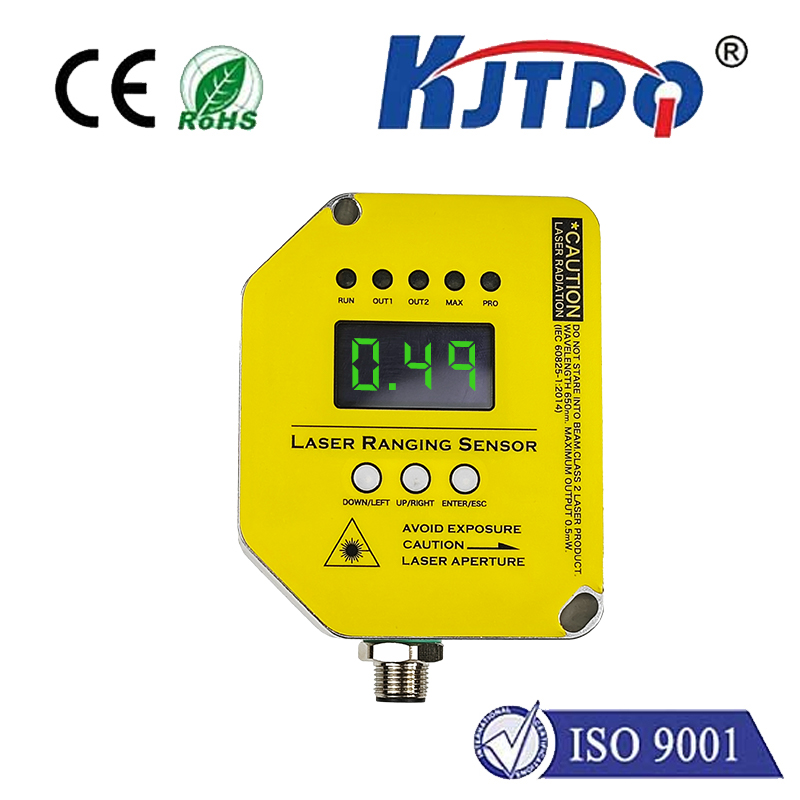The Ultimate Guide to Retro Reflective Laser Sensors: Precision Meets Efficiency In the world of automation and industrial sensing, retro reflective laser sensors have emerged as a game-changer. These advanced devices combine the precision of laser technology with the efficiency of retro reflective systems, making them indispensable in a wide range of applications. Whether you’re in manufacturing, robotics, or logistics, understanding how these sensors work and their benefits can significantly enhance your operations.
Retro reflective laser sensors are devices that use a laser beam to detect objects by reflecting the beam off a reflector and back to the sensor. The sensor emits a laser beam towards a reflector, and when an object interrupts this beam, the sensor detects the change in the reflected light. This method allows for highly accurate and reliable object detection, even in challenging environments.
The operation of retro reflective laser sensors is based on the principle of retro reflection. Here’s a step-by-step breakdown of how they function:
Выбросы: The sensor emits a laser beam directed towards a retro reflector.
Размышления: The retro reflector sends the beam back to the sensor.
Detection: When an object interrupts the beam, the sensor detects the absence or reduction of the reflected light.
Экспорт: The sensor sends a signal indicating the presence of the object. This process ensures that the sensor can detect objects with high precision, even at long distances.
Retro reflective laser sensors offer several advantages that make them superior to other types of sensors:
Высокая точность: The use of laser technology ensures accurate detection, even for small or fast-moving objects.
Long Range: These sensors can detect objects at greater distances compared to traditional sensors.
Надежность: The retro reflective design minimizes false positives and ensures consistent performance.
Долговечность: Built to withstand harsh industrial environments, these sensors are robust and long-lasting.

Многогранный.: They can be used in various applications, from conveyor belt systems to automated guided vehicles (AGVs).
The versatility of retro reflective laser sensors makes them suitable for a wide range of applications across different industries:
Производство: In production lines, these sensors are used for precise object detection, ensuring smooth and efficient operations.
Логистика: In warehouses and distribution centers, they help in tracking and sorting packages on conveyor belts.
Робототехника: Autonomous robots use these sensors for navigation and obstacle detection.
Automotive: In vehicle assembly lines, they ensure accurate positioning of parts.
Packaging: These sensors are used to detect the presence of products on packaging lines, ensuring that each package is correctly filled.
Selecting the appropriate лазерный датчик обратного отражения for your needs involves considering several factors:
Range: Determine the maximum distance at which the sensor needs to detect objects.
Точность: Consider the level of precision required for your application.
Environmental Conditions: Ensure the sensor can operate effectively in the specific conditions of your environment, such as temperature, humidity, and dust.
Mounting and Alignment: Choose a sensor that is easy to install and align for optimal performance.
Output Options: Check the type of output signals the sensor provides (e.g., digital, analog) to ensure compatibility with your system.
To get the most out of your лазерный датчик обратного отражения, follow these installation and maintenance tips:
Proper Alignment: Ensure the sensor and reflector are correctly aligned to achieve reliable detection.
Cleanliness: Keep the sensor lens and reflector clean to avoid false readings caused by dirt or debris.
Regular Calibration: Periodically check and calibrate the sensor to maintain its accuracy and performance.
Environmental Protection: Use protective enclosures if the sensor is exposed to harsh conditions, such as extreme temperatures or corrosive substances.
As technology continues to advance, retro reflective laser sensors are expected to become even more sophisticated. Some of the emerging trends include:
Integration with IoT: Sensors with IoT capabilities will enable real-time monitoring and data analysis, enhancing operational efficiency.
Miniaturization: Smaller sensors will allow for more compact designs and easier integration into various applications.
Enhanced Durability: Improved materials and designs will make sensors more resistant to extreme conditions.
Smart Features: Sensors with built-in intelligence will offer advanced functionalities, such as self-diagnosis and adaptive detection. By staying informed about these trends, you can ensure that your operations remain at the forefront of technological advancements.
Retro reflective laser sensors are a critical component in modern automation and industrial systems. Their precision, reliability, and versatility make them an essential tool for improving efficiency and accuracy in various applications. By understanding their features, benefits, and how to choose the right sensor for your needs, you can optimize your operations and stay ahead in the competitive landscape.

